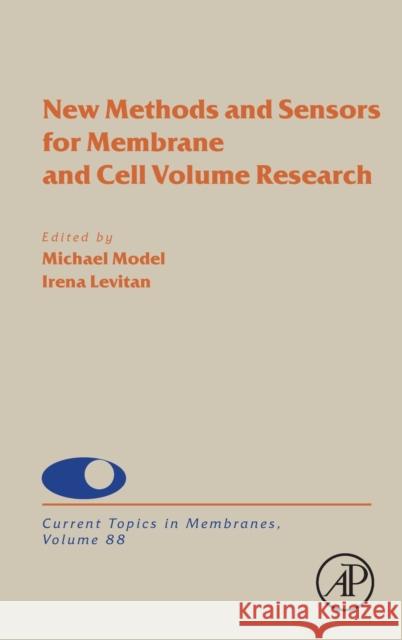New Methods and Sensors for Membrane and Cell Volume Research: Volume 88 » książka
topmenu
New Methods and Sensors for Membrane and Cell Volume Research: Volume 88
ISBN-13: 9780323911146 / Angielski / Twarda / 2021 / 428 str.
Kategorie:
Wydawca:
Academic Press
Seria wydawnicza:
Język:
Angielski
ISBN-13:
9780323911146
Rok wydania:
2021
Numer serii:
000051097
Ilość stron:
428
Waga:
0.73 kg
Wymiary:
22.86 x 15.24 x 2.39
Oprawa:
Twarda
Wolumenów:
01











